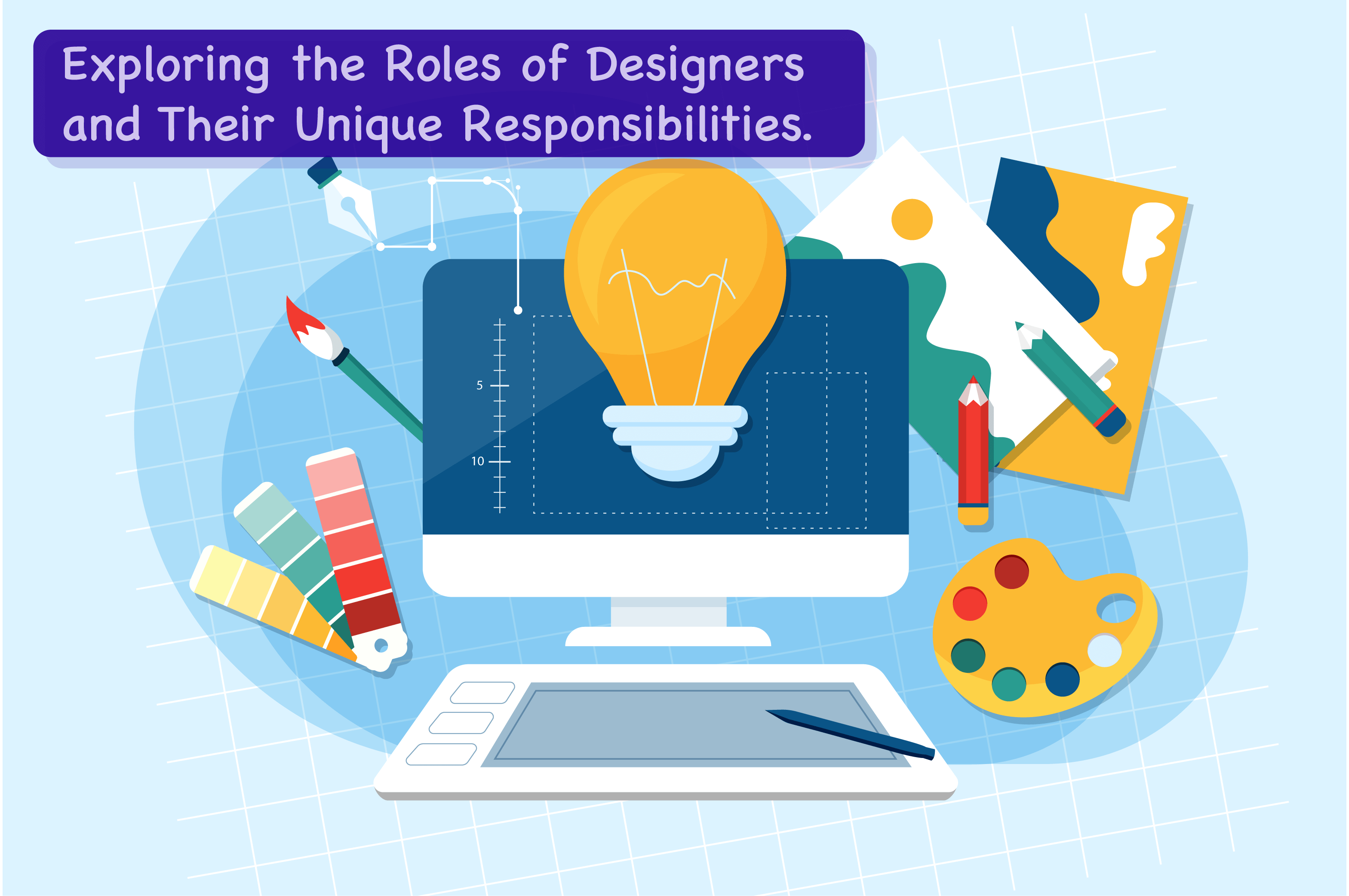
The field of design is vast and multifaceted, encompassing a wide range of specializations, each with its own distinct set of skills and responsibilities. From web design to fashion design, the design industry presents numerous opportunities for those with a passion for creativity and problem-solving.
For aspiring designers, it can be challenging to determine which path to pursue or which type of designer to become. Having an understanding of the different types of designers and their specific roles and responsibilities is crucial in selecting the right career path and developing the necessary skills to excel in the field.
In this article, we will delve into some of the most common types of designers and explore the unique skills and responsibilities that define each specialization.
1. Graphic Designer

Graphic design is a widely recognized and essential field in the design industry, where designers use computer software or traditional methods to create visual concepts that convey messages to inspire, inform, or engage their target audience. Their work involves a diverse range of projects, including designing logos, packaging, marketing materials, and website layouts.
As designers in this field, they must have a blend of technical, artistic, and creative skills, such as keen attention to detail, effective communication skills, and proficiency in industry-standard design software such as Adobe Photoshop, Illustrator, and InDesign. Additionally, they must have an understanding of design principles, including typography, color theory, and composition, to produce effective visual communication.
Their responsibilities include collaborating with clients and stakeholders to understand their design needs, developing design concepts that align with project objectives, and producing final designs for print or digital media. They must also keep up-to-date with the latest trends, technologies, and techniques in creative design to ensure their work remains innovative and impactful.
Skills & Responsibilities:
Graphic designers must possess a diverse range of technical, artistic, and creative skills to excel in their profession. These include strong attention to detail, effective communication skills, and mastery of industry-standard design software such as Adobe Photoshop, Illustrator, and InDesign.
Moreover, graphic designers should have a solid understanding of fundamental design principles such as typography, color theory, and composition, which are critical in creating compelling visual communication.
The responsibilities of a graphic designer include collaborating with clients and stakeholders to gain a clear understanding of their design needs, developing design concepts that align with project objectives, and producing final designs for print or digital media. In addition, graphic designers must stay up-to-date with the latest creative design trends, tools, and techniques to ensure their work is fresh, relevant, and impactful.
2. UI/UX Designer

UX (User Experience) design is an essential field that revolves around the user’s complete experience when engaging with a product or service. UX designers focus on creating designs that prioritize usability, accessibility, and efficiency. They conduct research, gather feedback, and test designs to ensure that the user’s needs and preferences are at the forefront of the design process.
As designers in this field, they must possess strong analytical and problem-solving skills, as well as a deep understanding of human behavior and psychology. They must also be proficient in using design tools such as Sketch, Figma, or Adobe XD to develop user interfaces that are user-friendly and visually appealing.
The responsibilities of a UX designer include conducting research, analyzing user data, creating wireframes and prototypes, and testing and iterating designs to achieve optimal user experiences. They work collaboratively with cross-functional teams, including product managers, developers, and stakeholders, to ensure that the final product or service meets the user’s needs and requirements.
Skills & Responsibilities:
To succeed in UX design, one must possess a diverse range of skills and expertise in user research, information architecture, and interaction design. They should have a deep understanding of user behavior and psychology, as well as the ability to create wireframes, prototypes, and user flows.
The responsibilities of a UX designer are focused on creating user-centric designs that prioritize usability, accessibility, and efficiency. They conduct user research to gather insights into user needs and preferences and create user personas and scenarios. Moreover, they develop wireframes and prototypes to communicate design concepts and test the designs’ effectiveness through usability testing.
UX designers collaborate with cross-functional teams, including product managers, developers, and other designers, to ensure that the product or service meets the user’s needs and achieves business goals. They use a variety of design tools such as Sketch, Figma, or Adobe XD to create intuitive user interfaces that enhance the overall user experience.
3. Web Designer
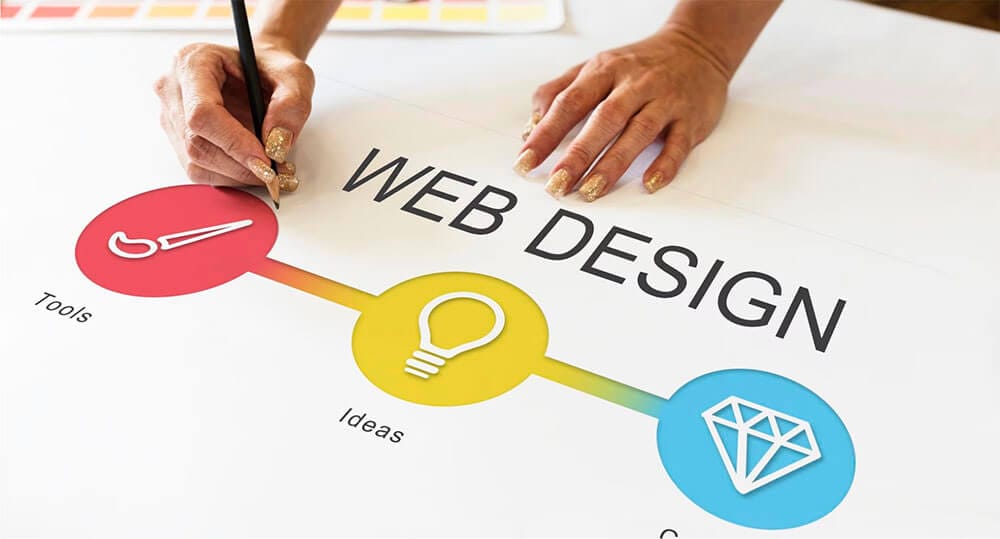
Web design is a unique and specialized field that requires a blend of technical, creative, and problem-solving skills. Web designers are responsible for creating visually stunning and functional websites that cater to the user’s needs while meeting the business’s objectives.
To succeed in web design, one must possess a strong understanding of web development technologies such as HTML, CSS, and JavaScript. They should also have expertise in design tools such as Adobe Photoshop, Sketch, and Figma.
The responsibilities of a web designer include creating design concepts that align with the client’s vision and the project’s objectives. They must also consider factors such as user experience, accessibility, and website performance when designing websites.
Web designers collaborate closely with developers, content creators, and other stakeholders to ensure that the website meets the user’s needs while achieving business goals. They also stay up-to-date with the latest web design trends and technologies to create modern and innovative websites.
Skills & Responsibilities:
Fashion design is a creative and highly competitive field that involves designing and creating clothing, accessories, and footwear. Fashion designers are responsible for conceptualizing and creating new designs that appeal to their target audience and meet market demands.
To excel in fashion design, one must possess a strong foundation in design principles, including color theory, textile design, and pattern-making. Fashion designers must also have a keen eye for detail, excellent communication skills, and the ability to work under pressure and meet tight deadlines.
The responsibilities of a fashion designer include conducting research to understand market trends and consumer preferences, developing new designs and sketches, creating patterns and prototypes, and collaborating with manufacturers to oversee production.
Fashion designers work in a fast-paced and dynamic industry, where they must constantly adapt to changing trends and demands. They must also be able to work collaboratively with a team of designers, stylists, and other professionals to bring their vision to life.
4. Motion Designer
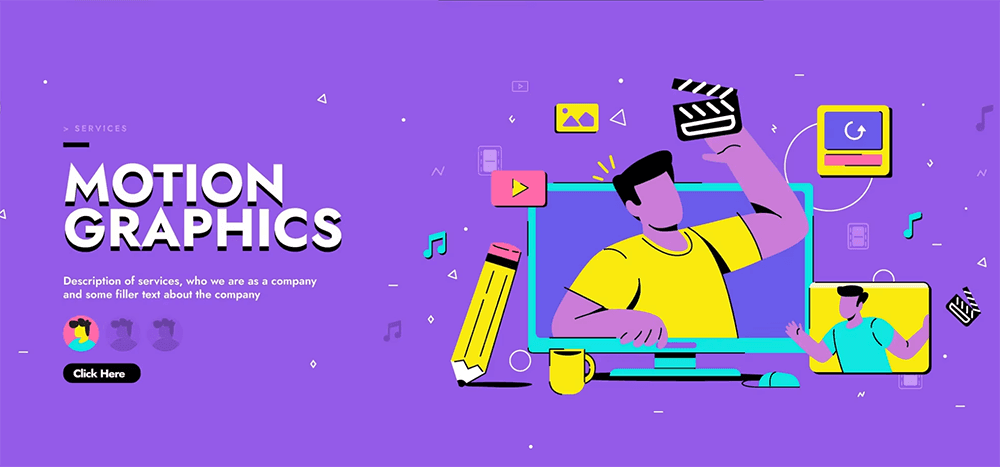
Animation and motion graphics are becoming increasingly popular in the digital media industry, and motion designers are experts in creating engaging visuals that capture the user’s attention. They work with a range of tools and software, such as Adobe After Effects, to create animated logos, explainer videos, and other dynamic content.
To be a successful motion designer, one must possess a blend of technical, artistic, and creative skills. These include an understanding of animation principles, video editing techniques, and storytelling. Additionally, motion designers should be proficient in industry-standard software, such as Adobe Premiere Pro and Cinema 4D.
The responsibilities of a motion designer include collaborating with clients and stakeholders to understand their design needs, developing storyboards and concepts, and producing final animations and videos for use in digital media. They must also keep up with emerging trends and technologies to ensure their work remains relevant and impactful.
Skills & Responsibilities:
Industrial design is a specialized field that focuses on creating and developing products that are both functional and aesthetically pleasing. Industrial designers use their knowledge of design, engineering, and manufacturing to create products that meet user needs and are commercially viable.
To be a successful industrial designer, one must possess a range of skills and expertise, including design thinking, CAD (computer-aided design), prototyping, and manufacturing processes. They must have a strong understanding of materials, ergonomics, and user-centered design.
The responsibilities of an industrial designer include conducting research to understand user needs and preferences, developing product concepts and prototypes, collaborating with engineers and manufacturers to ensure that the product can be manufactured at scale, and overseeing the product’s development from conception to launch.
Industrial designers work in a fast-paced and dynamic field, where they must be able to balance creativity, functionality, and commercial viability to create successful products that meet user needs and drive business growth.
5. Industrial Designer
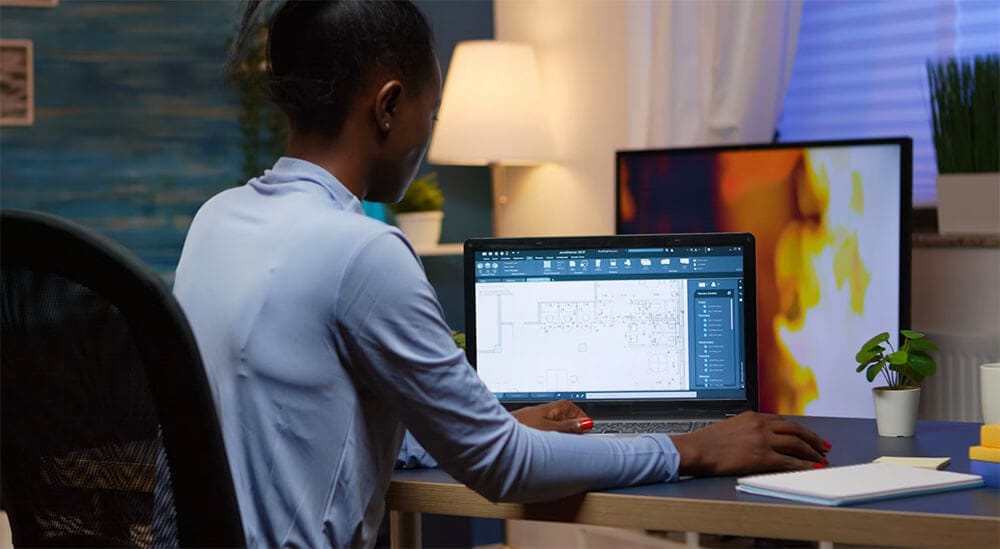
Architecture is a specialized field of design that focuses on the design and development of buildings and structures. Architects use their creativity and problem-solving skills to create structures that are both aesthetically pleasing and functional, taking into account factors such as safety, accessibility, and environmental impact.
Skills & Responsibilities:
Architecture is a specialized field of design that focuses on the design and development of physical structures, such as buildings and landscapes. Architects use their creativity and technical skills to create functional and aesthetically pleasing spaces that meet the needs of clients and users.
To excel in architecture, one must possess skills and expertise in design principles, such as spatial planning, proportion, and materials. They must have a strong understanding of structural engineering, construction methods, and building codes. Additionally, architects should have technical skills in 3D modeling software and building information modeling (BIM) tools.
The responsibilities of an architect include collaborating with clients and stakeholders to understand their design needs, creating concept sketches and detailed plans, and overseeing the construction process to ensure that the design is executed correctly. They are also responsible for ensuring that the structure meets industry standards and regulations, as well as sustainability and energy efficiency requirements.
Architects work in a highly collaborative and interdisciplinary field, where they must be able to work with a wide range of professionals, including engineers, contractors, and city planners.
6. Interior Designer

A landscape designer is a professional who is responsible for designing outdoor spaces such as gardens, parks, and public spaces. Their primary goal is to create functional, safe, and visually appealing outdoor environments that meet the needs and desires of the clients while also considering environmental and ecological factors. Landscape designers use their knowledge of horticulture, soil science, and ecology to create sustainable landscapes that promote biodiversity and ecological health.
Skills & Responsibilities:
Graphic designers are professionals responsible for creating visual designs for a variety of media, including print, digital, and social media. They must have a strong understanding of design principles, typography, and color theory, as well as proficiency in design software.
Graphic designers work closely with clients and stakeholders to understand their design needs and develop creative concepts that align with the client’s brand and vision. They must be able to manage multiple projects simultaneously and work within tight deadlines while ensuring the quality of the final product.
Moreover, graphic designers must have excellent communication and problem-solving skills to collaborate with clients, developers, and other professionals throughout the design process. They must stay up-to-date with emerging design trends and technologies to remain competitive in the field.
7. Fashion Designer
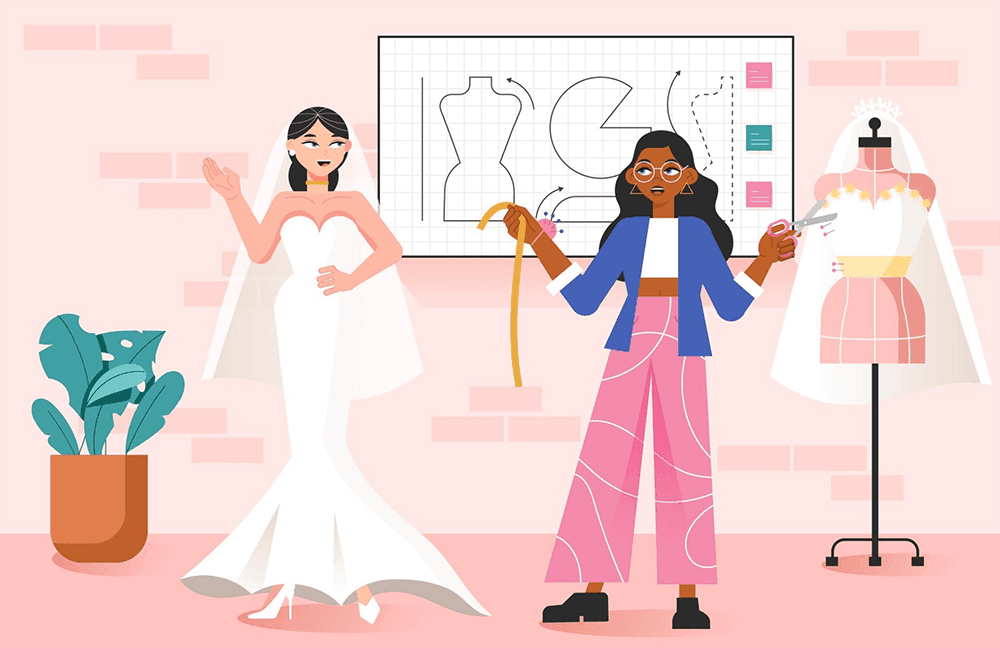
Graphic designers are creative professionals who use visual elements to communicate messages through various mediums, including print and digital media. They use a range of tools and techniques to create designs, from sketching and typography to digital illustration and photo manipulation.
Skills & Responsibilities:
Graphic designers are professionals who create visual concepts and designs using computer software or by hand to communicate ideas that inspire, inform, or captivate consumers. They develop layouts and designs for various digital and print media, including advertisements, brochures, logos, and packaging.
To be a graphic designer, one must have a strong foundation in design principles, such as typography, color theory, and composition. Besides, they require technical skills in using graphic design software, such as Adobe Photoshop, Illustrator, and InDesign.
Graphic designers are responsible for collaborating with clients and stakeholders to understand their design needs, developing concepts and ideas, and producing high-quality designs that align with the client’s branding and messaging. They must also stay up to date with emerging design trends and technologies to remain competitive in their field.
Moreover, graphic designers must have excellent communication skills to communicate their ideas effectively with clients and other stakeholders. They work in a fast-paced and constantly evolving industry, where they must be able to work under pressure and meet tight deadlines.
8. Game Designer
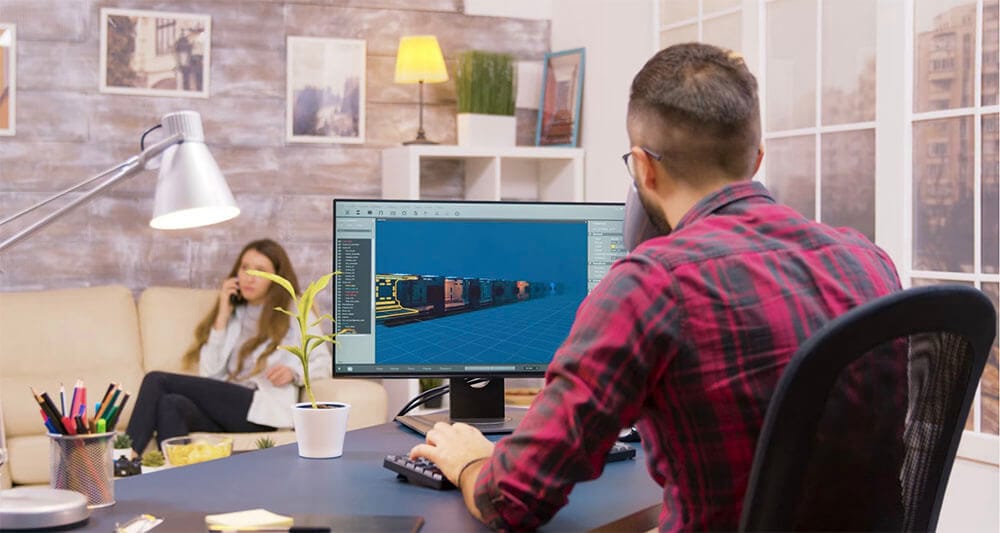
Game Designer
Graphic designers create visual concepts to communicate ideas that inspire, inform, or captivate consumers. They use computer software or by hand to develop the overall layout and design for various applications, such as advertisements, brochures, and magazines.
Skills & Responsibilities:
Game designers are responsible for creating the core concepts of video games, including the game mechanics, gameplay loops, and storylines. They use their creativity, problem-solving skills, and technical expertise to design games that are fun, engaging, and memorable.
To be a game designer, you need to have a good understanding of game development principles, such as programming, art and animation, and sound design. Additionally, you need to have a deep knowledge of the gaming industry and its trends.
Game designers work in a highly collaborative and interdisciplinary environment, where they must be able to work with a team of developers, artists, and writers to create a cohesive and enjoyable gaming experience. They must also be able to receive feedback and iterate on their designs to ensure that the game meets the expectations of their audience.
In conclusion, the world of design is vast and diverse, with many different types of designers working together to create innovative and functional products, systems, and experiences. By understanding the unique skills and perspectives of these designers, we can appreciate the impact they have on the world and the role they play in shaping the future.

